While humans have explored the vast reaches of space, scientists continue to uncover baffling mysteries here on Earth, deep in the ocean. Recently, researchers discovered oxygen being produced in a dark part of the ocean without light, challenging our understanding of life’s origins. Now, they've found something equally perplexing: a mysterious trail of holes, spotted 1.6 miles deep in the Atlantic Ocean. These holes are so perfectly aligned that they appear man-made, leaving scientists puzzled.
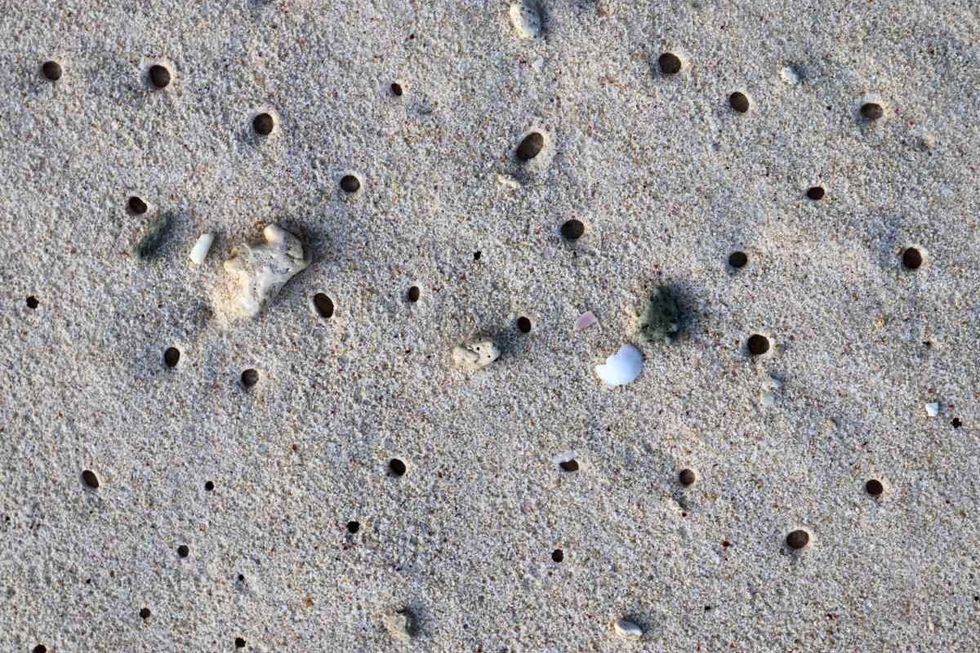
Scientists are baffled by how a human could dive so deep into such a remote part of the ocean, especially since this area was only discovered in the summer of 2022. During an expedition of the National Oceanic and Atmospheric Administration's (NOAA) second Voyage to the Ridge 2022 expedition, the team spotted this pattern of holes on the seafloor of the volcanic mid-Atlantic Ridge. An underwater mountain system formed by plate tectonics, the ridge is one of the least explored areas of the ocean, reported Newsweek.
Photographs taken by the diving team reveal a series of holes arranged in a straight line, spaced at uniform intervals, each surrounded by piles of sediment. Scientists aren’t sure if the holes are connected beneath the sand and are so baffled by the discovery that they turned to social media for theories. “We saw several sublinear sets of holes in the seafloor,” NOAA wrote on X. “The origin of the holes has scientists stumped. The holes look human-made, but the little piles of sediment around them suggest they were excavated by...something. What's your hypothesis?”
“Deepwater upwelling? Pushing from the continental pressure,” wrote user @stealthwater on X. Another user named @notrob6’s guess was “Trail from pistol shrimp snapping into the ocean floor.” @sundaedivine said, “These lebensspuren are reminiscent of ichnofossils found in deep marine rocks.” On Facebook, a person named Phil Ashley said, “I think it is a minor crack in the surface which allowed gasses to escape.” One more user, JT Williams, added, “Molusk of some sort under the sand blows out a vent then slowly moves along blowing another vent when it rests.” Like @sundaedivine on X, user Andrea Baucon also said, “The holes are burrows, lebensspuren, produced by worm-like organisms,” which is something the scientists also feel.
According to a NOAA press release, a 2004 paper by scientists Michael Vecchione and Odd Aksel Bergstad provides the account of another expedition in which scientists stumbled upon similar trails of holes in the ridge. “While Vecchione and Bergstad were not able to definitively determine the source of the holes or how they were constructed, they hypothesize that the raised sediment may indicate excavation by an organism living in the sediment or digging and removal, perhaps via a feeding appendage of a large animal on the sediment surface,” they wrote.
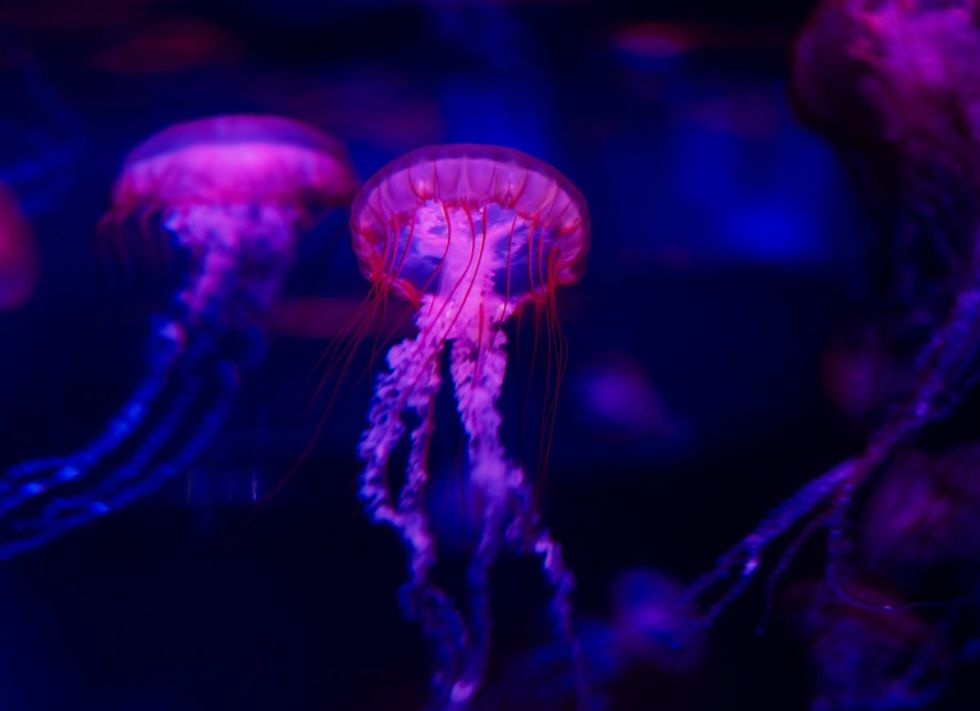
The scientists referred to these organisms as “lebensspuren” or “life traces,” similar to the ichnofossils found in deep marine rocks, as some social media users suggested. Using suctioning devices, they also collected samples of sediments to see if something lived in there, per ScienceAlert. But the patterns of holes remain a mystery for now. "There is something important going on there and we don't know what it is," Vecchione told The New York Times, before adding, "This highlights the fact that there are still mysteries out there."


















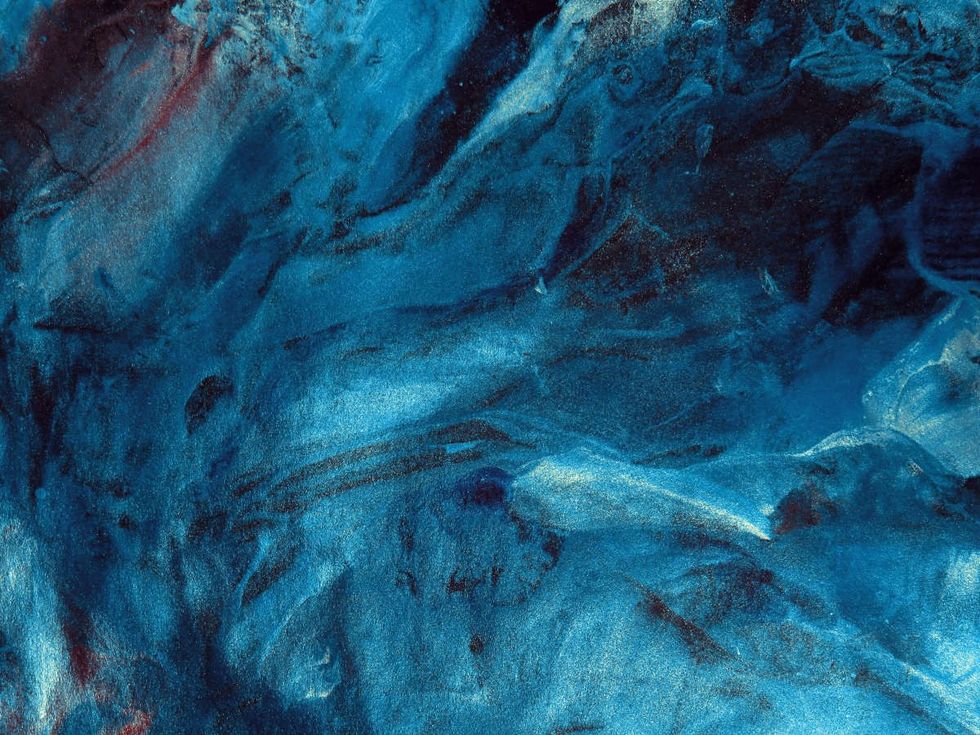 Representative Image Source: Pexels | Anni Roenkae
Representative Image Source: Pexels | Anni Roenkae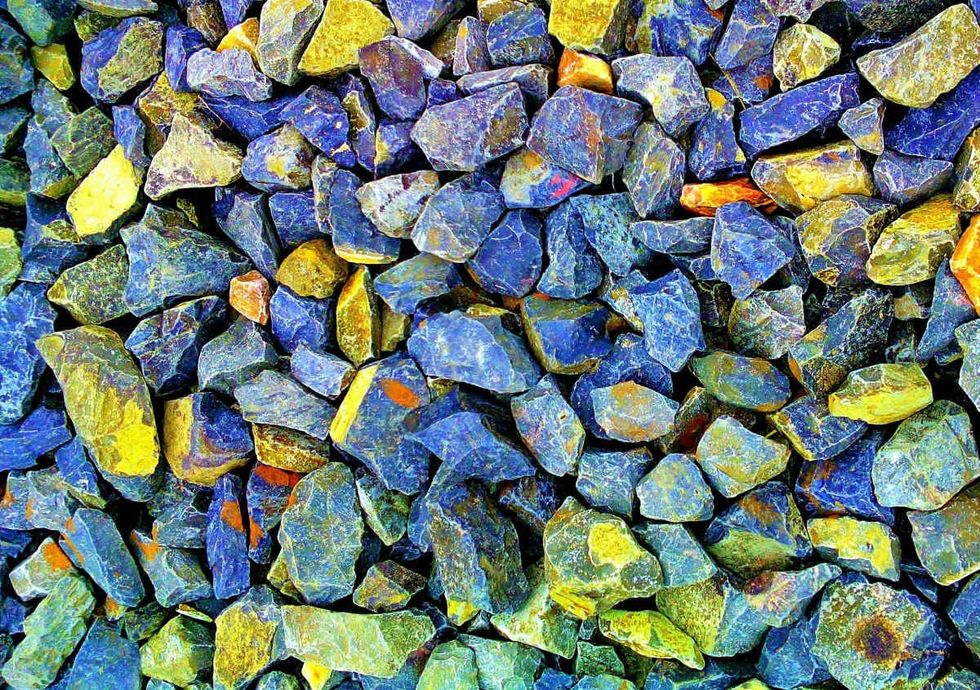 Representative Image Source: Pexels | Its MSVR
Representative Image Source: Pexels | Its MSVR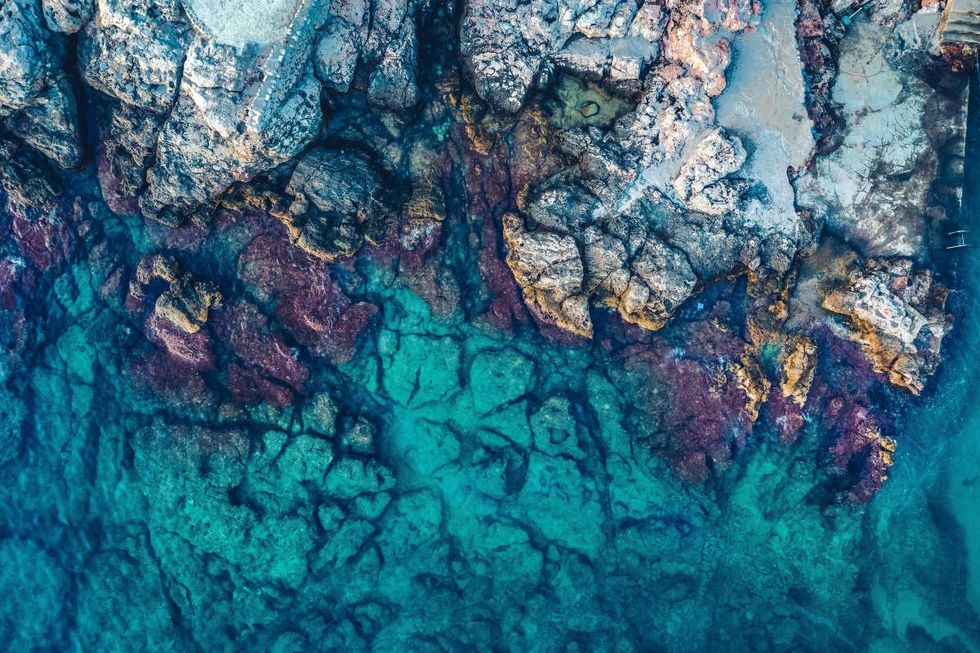 Representative Image Source: Pexels | Lucian Photography
Representative Image Source: Pexels | Lucian Photography

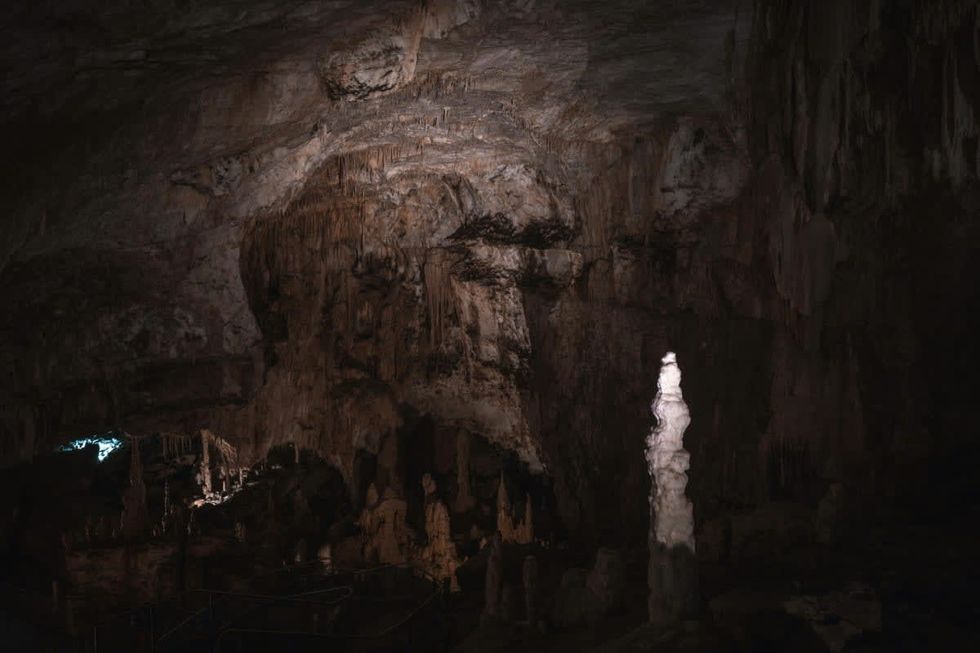 Representative Image Source: Pexels | francesco ungaro
Representative Image Source: Pexels | francesco ungaro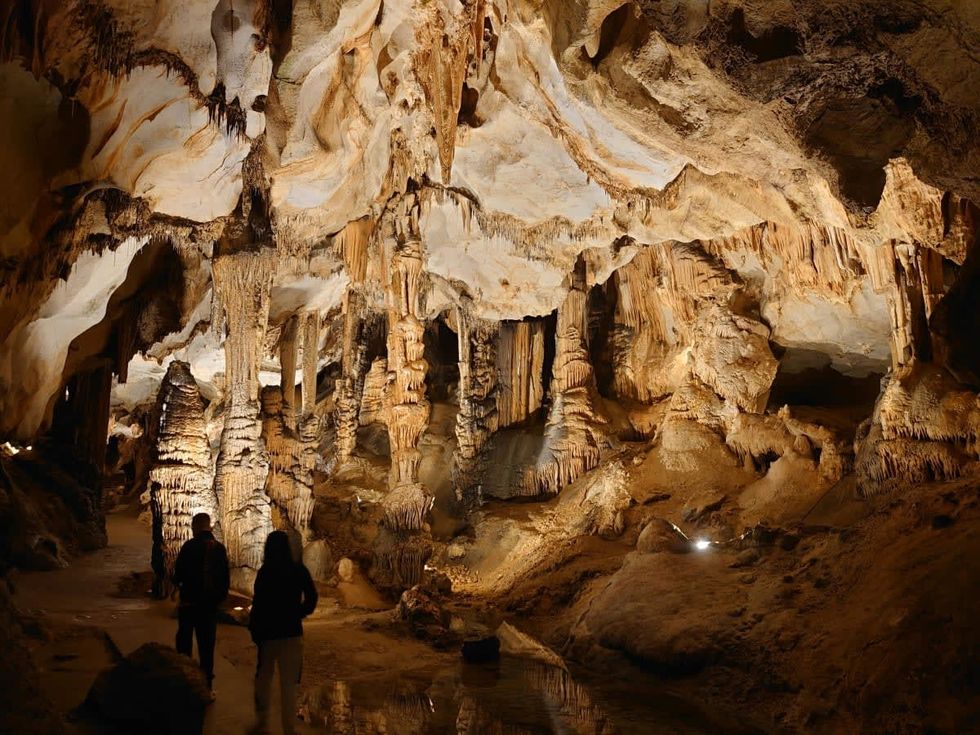 Representative Image Source: Pexels | parfait fongang
Representative Image Source: Pexels | parfait fongang Image Source: YouTube |
Image Source: YouTube |  Image Source: YouTube |
Image Source: YouTube |  Image Source: YouTube |
Image Source: YouTube | 
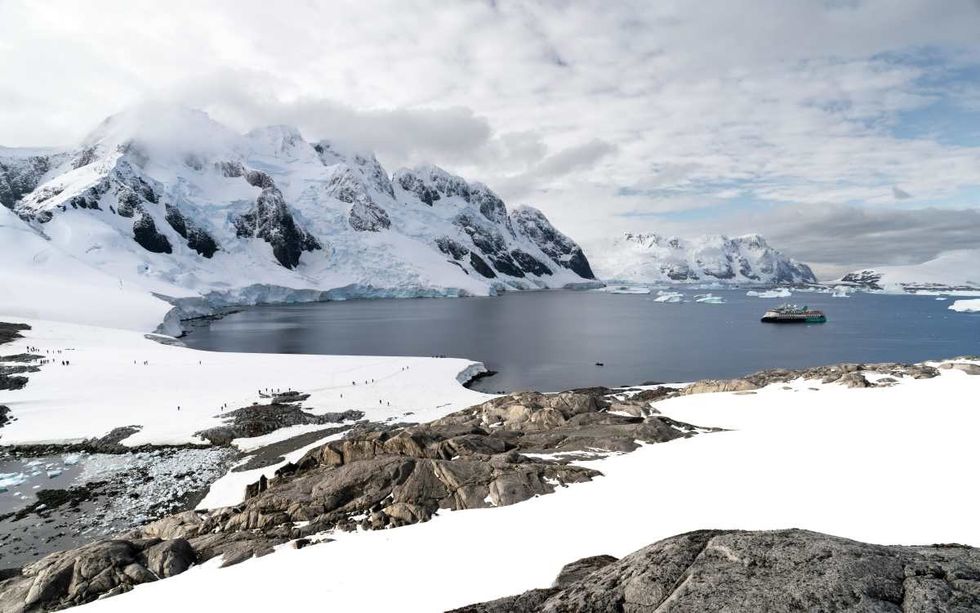 Representative Image Source: Pexels | Hugo Sykes
Representative Image Source: Pexels | Hugo Sykes Representative Image Source: Sectional view of the Earth, showing central fire and underground canals linked to oceans, 1665. From Mundus Subterraneous by Athanasius Kircher. (Photo by Oxford Science Archive/Print Collector/Getty Images)
Representative Image Source: Sectional view of the Earth, showing central fire and underground canals linked to oceans, 1665. From Mundus Subterraneous by Athanasius Kircher. (Photo by Oxford Science Archive/Print Collector/Getty Images) Representative Image Source: Pexels | NASA
Representative Image Source: Pexels | NASA




 Representative Image Source: Pexels | Steve Johnson
Representative Image Source: Pexels | Steve Johnson Representative Image Source: Pexels | RDNE Stock Project
Representative Image Source: Pexels | RDNE Stock Project Representative Image Source: Pexels | Mali Maeder
Representative Image Source: Pexels | Mali Maeder
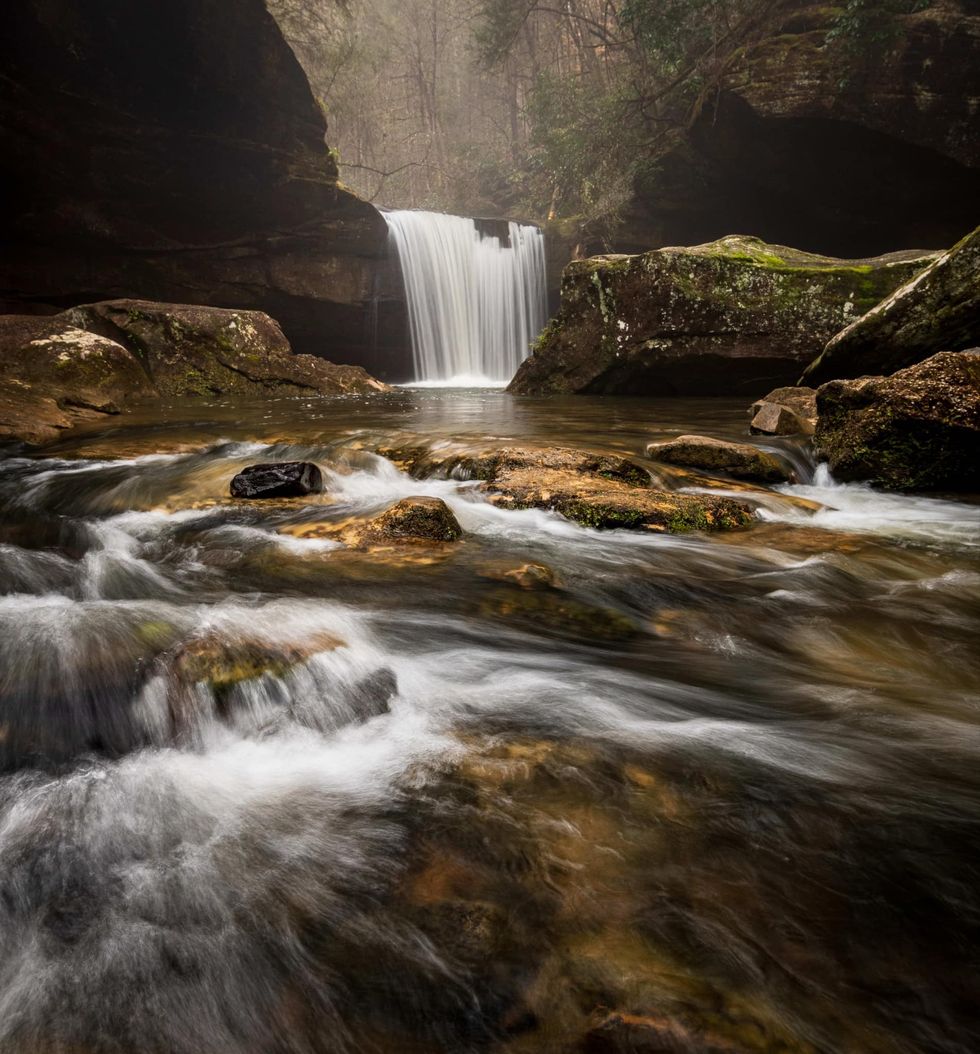 Photo: Craig Mack
Photo: Craig Mack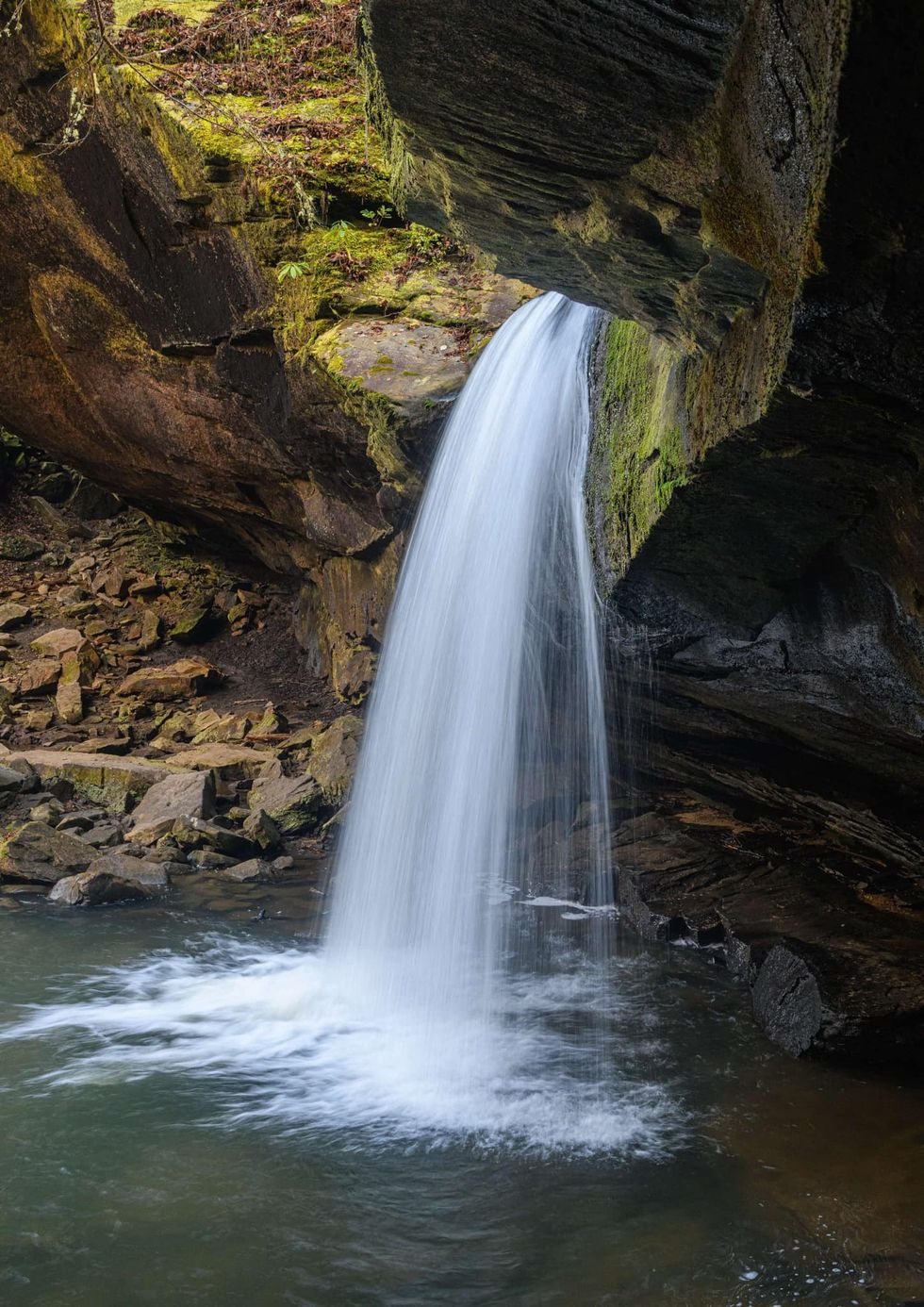 Photo: Craig Mack
Photo: Craig Mack